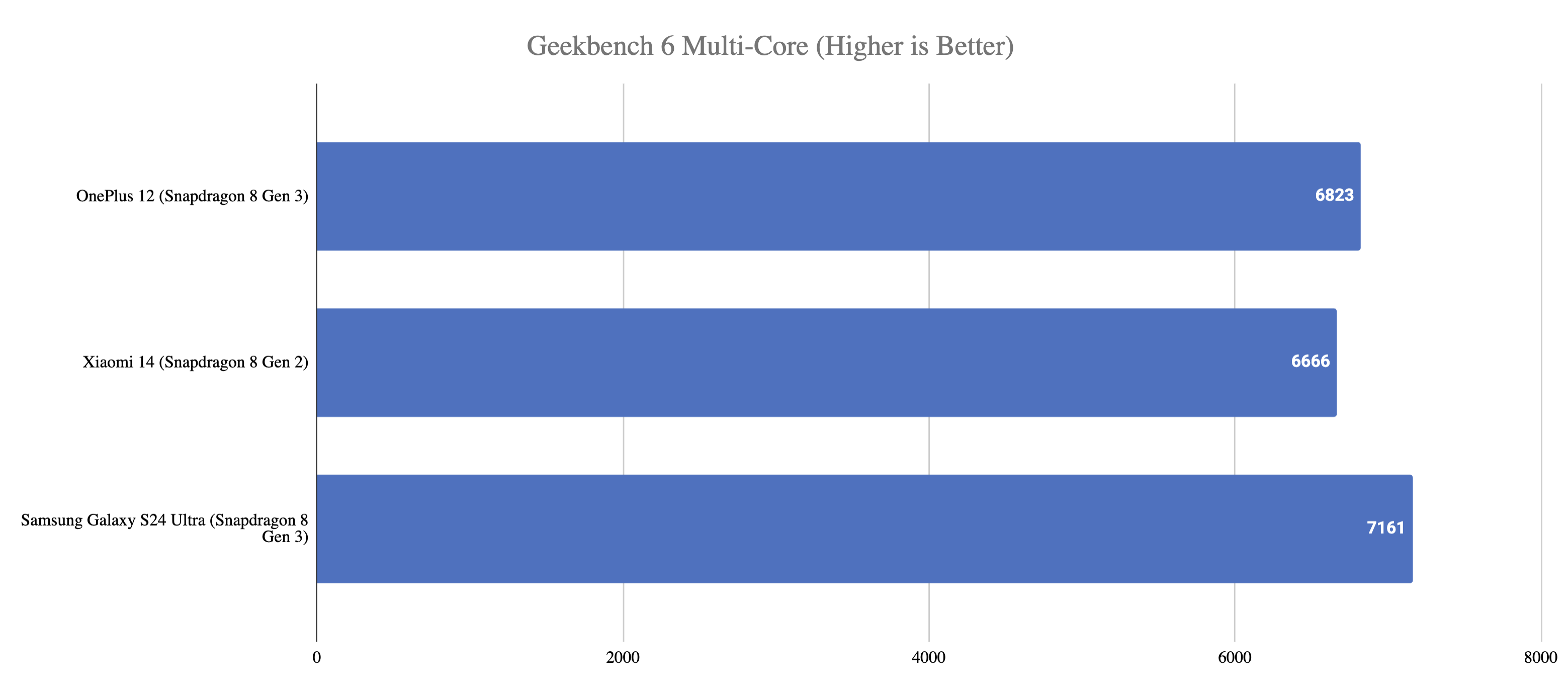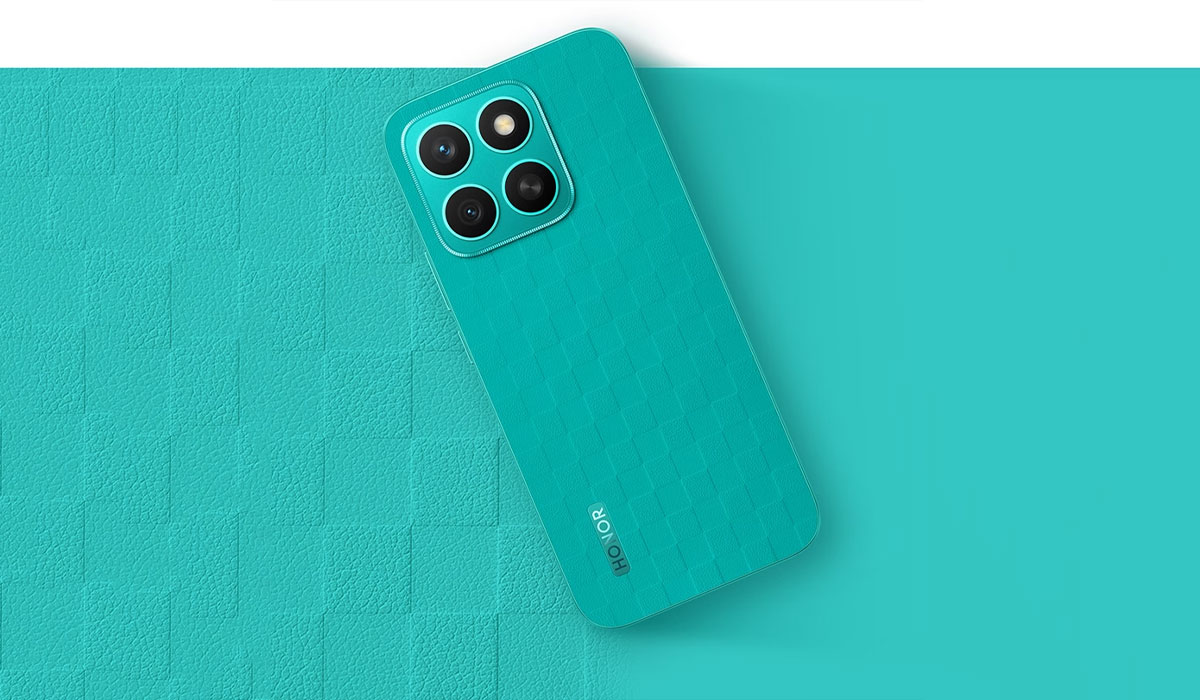Xiaomi 14 Review: TechLekh Verdict
The Xiaomi 14 stands out as one of the best compact flagships available for its price point. It features a flagship-grade camera, competitive performance, and impressive styling—all at an aggressive price tag.
However, the display quality of the Xiaomi 14 does not quite match up to that of the Samsung S24, and it falls short in terms of premium build quality compared to Samsung’s offerings.
Nevertheless, Xiaomi 14 is priced below its competitor and offers an excellent all-round performance in every department.
Also, Xiaomi is providing Xiaomi Priority Club benefits on every purchase of Xiaom 14. The benefits include a 6-month extended warranty, one-time screen replacement (within six months), and phone repair with free labor cost (within the first 24 months).
Pros
- Impressive main and telephoto camera
- 120Hz LTPO AMOLED display
- 4 years of software upgrade
- Premium compact design
- Good Performance
- Excellent speaker
- Good battery life, 90W fast charging support
Cons
- Rear glass protection is not mentioned
- Average ultrawide camera
The Xiaomi 14 is the successor of the Xiaomi 13, a compact flagship from Xiaomi. Even though, it’s a compact flagship, Xiaomi 14 punches above its weight in the segment.
The price of the Xiaomi 14 varies according to region and is wildly priced at € 1000 (NPR 143,048.40) in Europe for the 256GB variant. However, the Xiaomi 14 price in Nepal is Rs. 99,999 (12/512GB), surprisingly low compared to European prices.
Xiaomi 14 is not just an incremental upgrade. It is now equipped with a better display, powerful Soc, double storage, and pro-grade cameras. So, how does it compete against some of the best in the segment like the Samsung S24? Let’s find out!
I’m Anmol Shrestha, and this is my Xiaomi 14 review.
Xiaomi 14 Specifications
- Body: 152.80 x 71.50 x 8.20 mm, 193 g, IP68 dust/water resistant, Corning Gorilla Glass Victus
- SIM: eSIM/Dual SIM (Nano-SIM, dual stand-by)
- Display: 6.36 inches LTPO AMOLED, 1200 x 2670, 120Hz, Dolby Vision, HDR10+, 1000 nits (typ), 3000 nits (peak)
- Chipset: Qualcomm Snapdragon 8 Gen 3 (4 nm)
- CPU: Octa-core (1×3.3 GHz Cortex-X4 & 3×3.2 GHz Cortex-A720 & 2×3.0 GHz Cortex-A720 & 2×2.3 GHz Cortex-A520)
- GPU: Adreno 750
- Memory: 512GB 12GB RAM, no microSD
- OS: Android 14, HyperOS
- Rear Camera: 50 MP, f/1.6, dual pixel PDAF, Laser AF, OIS
- 50 MP, f/2.0, 75mm (telephoto), PDAF, OIS, 3.2x optical zoom
- 50 MP, f/2.2, 14mm (ultrawide)
- Video: Up to 8K@24fps (HDR)
- Front Camera: 32 MP, f/2.0, 22mm (wide)
- Video: Up to 4K@60fps
- Battery: Non-removable Li-Po 4610mAh battery, 90W wired, PD3.0, QC4, 50W wireless, 10W reverse wireless
- USB: USB Type-C 3.2, OTG
- Sensors: Fingerprint (under display, optical), accelerometer, proximity, gyro, compass, barometer, IR blaster
- 3.5mm Headphone Jack: No
- Colors: Black, White, Jade Green, Pink
Xiaomi 14 Price in Nepal: Rs. 99,999 (12/512GB)
ALSO READ: Xiaomi Mobiles Price in Nepal (April 2025 Updated)
Xiaomi 14 Review
Compact Design
- 152.80 x 71.50 x 8.20 mm
- 193 g
- Corning Gorilla Glass Victus
- IP68 dust/water resistant

The design of the Xiaomi 14 is quite similar to the Xiaomi 13, with the most noticeable change being the larger camera bump. This bump seems a bit too big for a compact phone.
The side frame is flat, but the back is curved, creating a unique transition between the frame and back that makes the phone feel more comfortable, as there are no sharp edges or corners. However, the glossy finish on the rear panel makes the Xiaomi 14 extremely slippery and prone to smudges.
Xiaomi 14 feels compact but the camera bump is just too big for a mini phone.
The top and left side of the frame are clean since the IR blaster has been relocated to the camera island, and the hardware for the second speaker is positioned behind the earpiece opening.
At the bottom, there is a SIM tray slot, a microphone, a USB Type-C port, and a speaker. On the right, you’ll find the power button and volume rocker.
The front of the phone appears flat with a thin bezel and a hole punch in the middle. Additionally, the front glass is protected by Gorilla Glass Victus. While the protection for the rear panel is not specified, the phone is IP68 rated for dust and water resistance.
Impressive Performance
- Qualcomm Snapdragon 8 Gen 3 (4 nm)
- Octa-core (1×3.3 GHz Cortex-X4 & 3×3.2 GHz Cortex-A720 & 2×3.0 GHz Cortex-A720 & 2×2.3 GHz Cortex-A520)
- Adreno 750
- 512GB 12GB RAM

The Xiaomi 14 features one of the most powerful mobile chipsets, the Qualcomm Snapdragon 8 Gen 3. With 12GB RAM and 512GB UFS 4.0 storage, Xiaomi 14 is no slouch interms of performance.
It’s not surprising that Xiaomi 14 handles everyday tasks like UI navigation, app opening, and switching between apps like a champ. What’s impressive is how it stacks up against larger flagship smartphones in synthetic benchmarks.
Xiaomi 14 manages a competitive score against the OnePlus 12 and Samsung S24 Ultra in ANTUTU 10. Similarly, it does quite close to OnePlus 12 in GeekBench 6 but S24 Ultra leads the pack with a good margin.
In GPU benchmark, S24 Ultra again leads the pack with a good margin as Xiaomi 14 trails behind the OnePlus 12 in the 3DMark WildeLife Extreme test. For a compact phone, the Xiaomi 14 delivers respectable benchmark scores compared to big boys like the Samsung Galaxy S24 Ultra and the OnePlus 12.
Gaming
The gaming performance of Xiaomi 14 is notably impressive. In PUBG Mobile, it can go up to HDR graphics and Extreme frame rate. If you opt for Smooth graphics, you can push the frame rate to Extreme+ (90fps).
I tested the PUBG Mobile in Smooth graphics and Extreme+ frame rate configuration. The game ran flawlessly without any interruptions. During 25-minute gameplay, it achieved an average FPS of 88.6 without any noticeable frame drops.
To further test its gaming prowess, I also ran Genshin Impact. With the graphics set to the Highest and a frame limit of 60fps, Xiaomi 14 delivered an average FPS of 57.1. While there were some expected frame drops, the overall gameplay remained smooth.
Interms of thermals, we noticed that Xiaomi 14 reached a peak temperature of 41 degrees Celsius after an hour of gaming. While the device did get warm, particularly around the camera island, it was not uncomfortably hot to handle.
Though Xiaomi 14 has a small body, it delivers performance on par with the top tier flagships.
Flagship Grade Camera
- Rear Camera: 50 MP, f/1.6, dual pixel PDAF, Laser AF, OIS
- 50 MP, f/2.0, 75mm (telephoto), PDAF, OIS, 3.2x optical zoom
- 50 MP, f/2.2, 14mm (ultrawide)
- Front Camera: 32 MP, f/2.0, 22mm (wide)

Xiaomi 14 is certainly one of the best-equipped compact flagships interms of cameras. It boasts a custom-built 50MP Omnivision OVX9000 sensor, dubbed Light Fusion 900 by Xiaomi. Alongside this, there’s a 50MP Samsung JN1 telephoto sensor with 3.2x optical zoom and a 50MP Samsung JN1 ultrawide sensor.
Good Main Camera
The main camera of the Xiaomi 14 delivers flagship-grade image quality, especially in daylight conditions. The photos exhibit good sharpness, excellent dynamic range, accurate color reproduction, and consistent exposure.
I noticed the exposure to be slightly higher by about 1 step in some of the photos. However, aside from this observation, I have no complaints about the main camera—it performs excellently overall.
Ultrawide Camera
While the main camera is great, I cannot say the same for the ultrawide camera. It’s not bad by any means, but I had higher expectations from Xiaomi 14.
Although the ultrawide camera offers a wide dynamic range, the photos appear slightly soft and noisy around the edges, even in daylight. Furthermore, the vibrancy and rich colors seen in the images from the main camera are somewhat lacking in the ultrawide shots.
Telephoto Camera
The 3.2x telephoto lens of the Xiaomi 14 produces excellent images with wide dynamic range and vibrant colors. While the level of detail may not match that of the main camera, the images appear clean and pleasing.
I particularly appreciate the natural background blur (bokeh) effect achieved with the telephoto lens. Additionally, the ability to capture macro photos using the telephoto lens is impressive. The macro photos taken with this lens are among the best in its segment.
I even captured my favorite photo using the telephoto lens on the Xiaomi 14.
Portraits
The portrait mode on the Xiaomi 14 is quite good. The background blur effect is impressive, although the edge detection may appear a bit rough around the edges in some photos. You have the option to capture portraits using both the main camera and the telephoto camera, but I prefer the results from the telephoto camera.
Additionally, the Xiaomi 14 offers several creative portrait modes including Standard, Documentary, Swirly Bokeh, Portrait, and Soft Focus.
LowLight
The camera system of the Xiaomi 14 performs admirably in low-light conditions. The main camera stands out as the best performer in low light, handling highlights and light sources effectively.
Photos taken in low light exhibit good sharpness and retain colors nicely. The telephoto lens also performs well in low light, although it lacks the same level of sharpness as the main camera, which is expected in such conditions.
Noise levels are minimal, and the photos generally retain good detail. However, there’s an issue where the camera switches from the telephoto to the main lens to capture a photo and then crops it to achieve a 3.2x zoom.
As anticipated, the ultrawide angle camera performs the weakest in low-light scenarios. Ultrawide photos lack adequate sharpness, and highlights are often blown out.
During my usage, I noticed that the Xiaomi 14 rarely utilizes night mode in auto mode, opting instead for standard auto settings. Surprisingly, the photos captured in auto mode and dedicated night mode are nearly identical, showcasing the camera’s strong performance in low light without the need for extended exposure.
Front Camera
Moving on to selfies, the Xiaomi 14 features a 32MP OmniVision OV32B selfie sensor. Selfies taken with this camera exhibit a wide dynamic range, good sharpness, and consistent exposure.
The color rendition in selfies is slightly softer than usual, giving them a more natural appearance. Whether you prefer this toned-down color profile will depend on your personal preference. I like the toned-down color profile if you ask me.
Videos
- 4k@60fps
- 8K@24fps
The Xiaomi 14 supports video recording up to 4K at 60fps from all camera sensors, including the front camera. Additionally, it can shoot 8K videos using the main camera, albeit limited to 24fps.
In terms of video quality, the Xiaomi 14 delivers exceptional value for its price range. Videos recorded in 4K using the main camera exhibit a wide dynamic range, well-balanced exposure, and decent detail in shadows. The contrast is pleasing, with minimal noise, and the sharpness and detail are excellent—no complaints here!
The 3.2x telephoto camera also captures decent videos, although not as sharp as the main camera. The dynamic range and exposure are well-maintained, though the sharpness and detail may appear slightly less pronounced. Similarly, the ultrawide camera performs well in 4K video capture. While the videos look softer at the edges, overall video quality is commendable, with a wide dynamic range, colors similar to the main camera, and balanced exposure.
Even in low-light conditions, videos taken with the main camera are decent, with good stabilization even in challenging lighting environments.
LTPO Display
- 6.36 inches LTPO AMOLED
- 1200 x 2670 pixels
- 120Hz refresh rate
- 1000 nits (typ)

The Xiaomi 14 features a 6.36-inch LTPO OLED panel with a resolution of 1200×2670 pixels and a smooth 120Hz refresh rate. Xiaomi boasts a peak brightness of 3000 nits and a typical brightness of 1000 nits, making it capable of displaying vibrant and sharp visuals. Additionally, the display supports flagship features such as Dolby Vision and HDR10+.
This flagship-grade display panel offers an impressive 68 billion colors, resulting in vibrant and visually pleasing images. The screen’s refresh rate optimization is particularly noteworthy, seamlessly adjusting from 10Hz to 120Hz based on the content being displayed. This feature is enabled by default and it works flawlessly.
I don’t have many complaints regarding the quality of the display. However, it cannot compete against the Samsung S24.
Moving on to the brightness, it is good enough but when you put it against the S24, you’ll see the real difference. The S24 is way brighter outdoors and produces rich colors under bright sunlight. So, Xiaomi 14’s display panel pales in comparison to Samsung S24, particularly under bright sunlight.
Battery, Speaker, and Haptics
- 4610mAh
- 90W wired charging

The 4600mAh battery of the Xiaomi 14 is one of the largest in the compact flagship phone segment. That’s why, Xiaomi 14 can easily last a day with moderate to heavy usage.
Xiaomi 14 comes with a 90W adapter in the box. In some regions, Xiaomi provides a 120W adapter eventhough it only supports upto 90W Fast charging.
The phone charged from 0 percent to 100 percent in just 35 minutes, one of the fastest in the segment.
The dual speaker of Xiaomi 14 is brilliant. The sound quality is good with decent bass and thumpy mids. It is better than the Samsung S24.
Moving on, the haptic feedback of Xiaomi 14 also gives it a premium feel. The extra-large linear motor seems to be working well.
Software
- Android 14
- HyperOS

In terms of software, Xiaomi’s HyperOS represents a notable advancement from MIUI. While not drastically different visually, HyperOS excels in optimizing hardware resources compared to MIUI.
Xiaomi 14 comes with Android 14 out of the box along with HyperOS. Moreover, Xioami promises 4 years of major OS upgrades and 5 years of security updates.
HyperOS introduces fresh animations, particularly noticeable around the status bar. One standout animation is the charging information pop-up that appears on the status bar. Alongside the standard customizations, HyperOS introduces new lock screen customization options. Users can either create a lock screen theme from scratch or modify existing templates to suit their preferences.
Xiaomi has also integrated AI features into HyperOS. Compatible Xiaomi devices running HyperOS can transcribe live conversations and generate subtitles for videos and third-party apps. Additionally, Xiaomi has enhanced the Gallery with new editing tools and bolstered the overall security system of the OS.
READ NEXT: Best Phones Under 60000 in Nepal (April 2025 Updated)
So, this is my Xiaomi 14 review. What do you think about the phone? If you have any questions, please let me know in the comments!
-
Xiaomi Pad 7 Launching in Nepal Soon: Best iPad Alternative?HIGHLIGHTS Xiaomi Pad 7 price in Nepal could be Rs. 44,999 (8/128GB) and Rs. 49,999…
-
Honor X8c with 120Hz Display Launched in Nepal with an Early Bird OfferHIGHLIGHTS Honor X8c price in Nepal is Rs. 33,999 (8/512GB). It is powered by the…
-
HMD Crest Max 5G Launching Soon in Nepal – Now Even BetterHIGHLIGHTS HMD Crest Max 5G price in Nepal could be Rs. 21,999 (8/256GB). This phone…
























